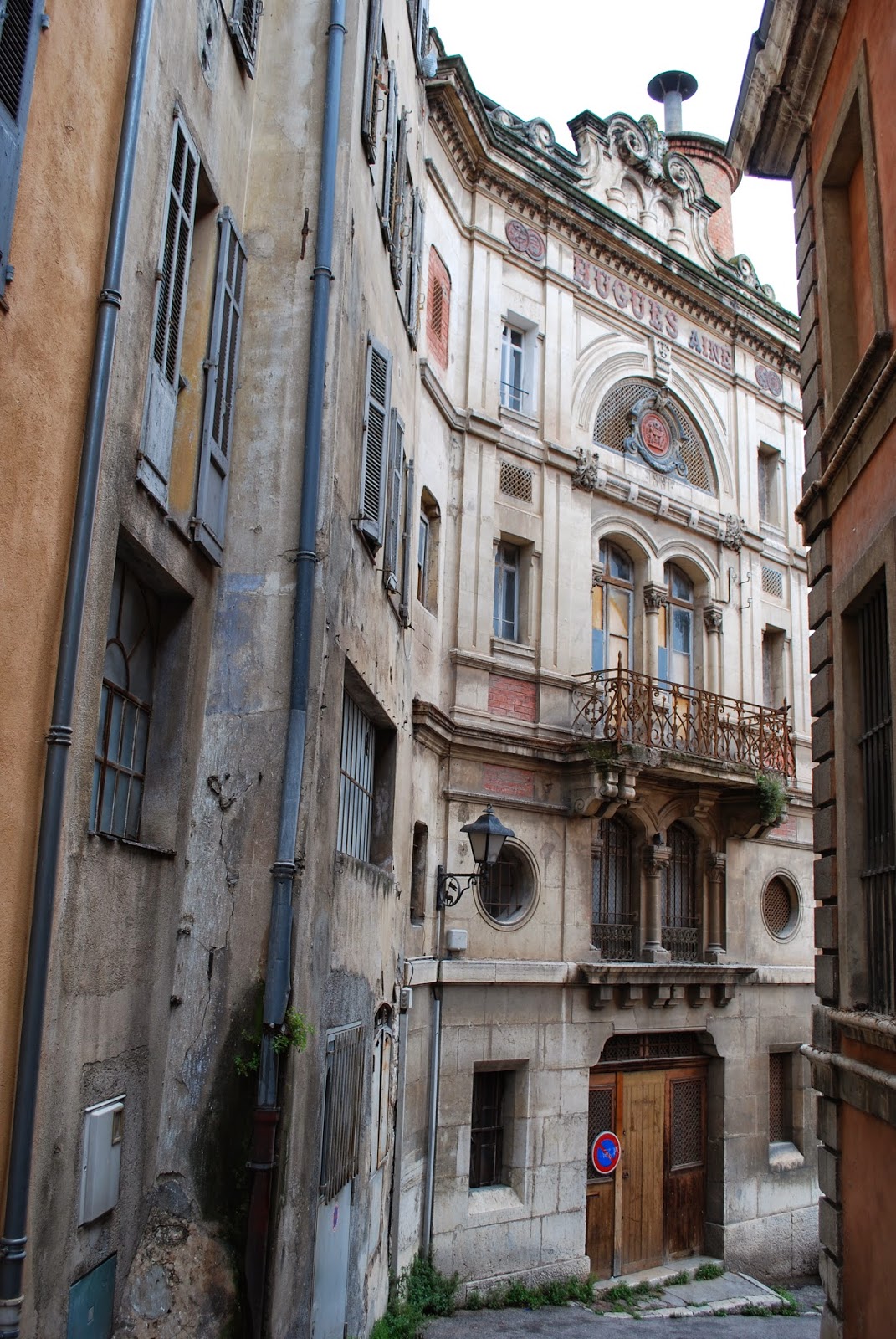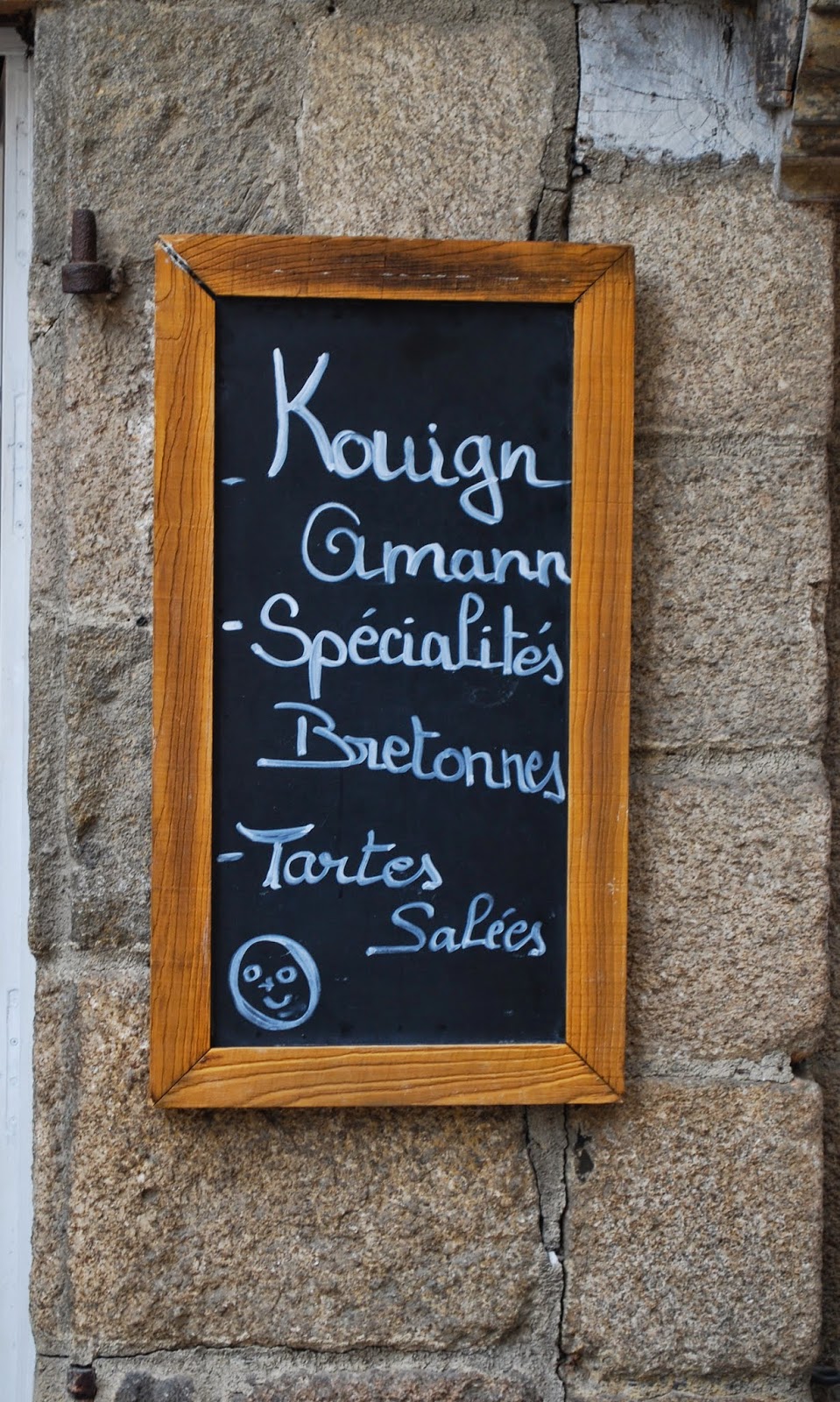
The decision to self-publish was partly forced on me and partly an active decision on my part. The chances of a new author getting picked up by an agent or traditional publisher are infinitesimal now and after sending out query letters to agents, I decided to spend my time teaching myself how to have more control over the publishing process for myself.
Hmm. That notion of control is a strange one. The self-publishing world touts the advantages of deciding your own price, distribution, royalties and cover, and inside layout. All well and good but that takes a lot of time, frustration, and often money. There are many technical obstacles to hurdle, especially with a book that contains images. If I hadn't included photos my difficulties would have mostly disappeared and I'd have saved a lot of money. However, my readers would have had a less pleasurable experience. If you're reading about beautiful France you should be able to see some of it, shouldn't you? The interior of the book has to be in black and white due to costs in producing an all-colour printing (prohibitive for me and most readers). Readers with tablets, e-readers that cope with colour, and computers will see the photos of France as they should be seen, in colour.

So what's the problem with including images?
1. They make WORD files enormous. This leads to an unstable document and problems in uploading to CreateSpace. Images must be inserted using INSERT. Do not copy/paste or they and their captions will float all over the place when creating a pdf or other file to be used on Amazon's internal book previewer.
2. Word's Save As for creating pdfs compresses the photo quality down to useless for printing purposes. I downloaded a free pdf maker after trying several that couldn't give me the file size I needed, so now my pdf version is 54Mb (acceptable)
3. I had major problems creating an HTML filtered file of my manuscript. No problem with the text, but the images wouldn't appear in order to be zipped. Odd, useless things were happening and I was tearing my hair out. I needed the HTML because my WORD file was way over the specification size. and for ebook conversions pdfs are a no-no.
4. I had to be careful (ie I was very limited) to choose photos where people couldn't usually be identified since in most cases I didn't know who to contact to get permission. Landscapes don't mind appearing in books.
5. Images behave differently depending on what file format you are using and converting to. I got so fed up wasting days trying to get files to work I had to hire a conversion company to produce my mobi and epub files.

I've read many posts on forums concerning file conversions and difficulties uploading Print on Demand and eBooks. Some of us get very stressed by digital programmes that don't do what we need, how we need. A text-only book is visually boring but easy to publish. I know, this is Frances... she doesn't usually end up on the easy path. But I was just wanting a good experience for my readers. I can't say it's been a good and entirely happy experience for this author. I've learnt heaps, painfully.
I now know even more about using WORD and pdfs
I know how to correctly format the inside of a book for print and digital distribution (and the costs)
I know what's involved in getting a professional book cover done (aside from lots of money)
I know what's involved in having a well-proofed and organised story (aside from lots of money)
I know how to upload a book to CreateSpace and order a proof copy
I know what's involved in organising tax requirements via the US in order to receive future royalities.
I know which companies are good to work with as partners in the publishing adventure.

Many people can self-publish a book for almost nothing. That hasn't been the case for me. I wanted professional proof-reading and cover design, and good interior look too (though the later required me to do the work) - that costs a lot. I'll also have all the marketing to do myself but I'm putting in gobs of hours preparing for that. There's no money to hire anyone.
This self-publishing journey isn't over yet. Future posts will talk about converting word and pdf files for ebooks, and legal implications and consequences for memoir writers.







